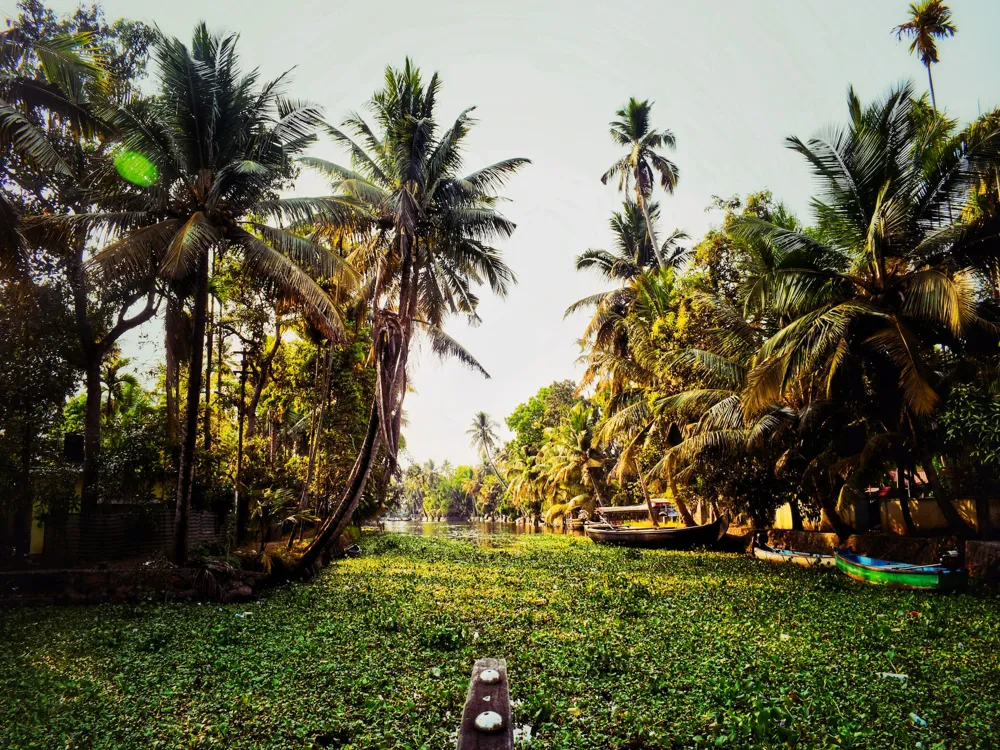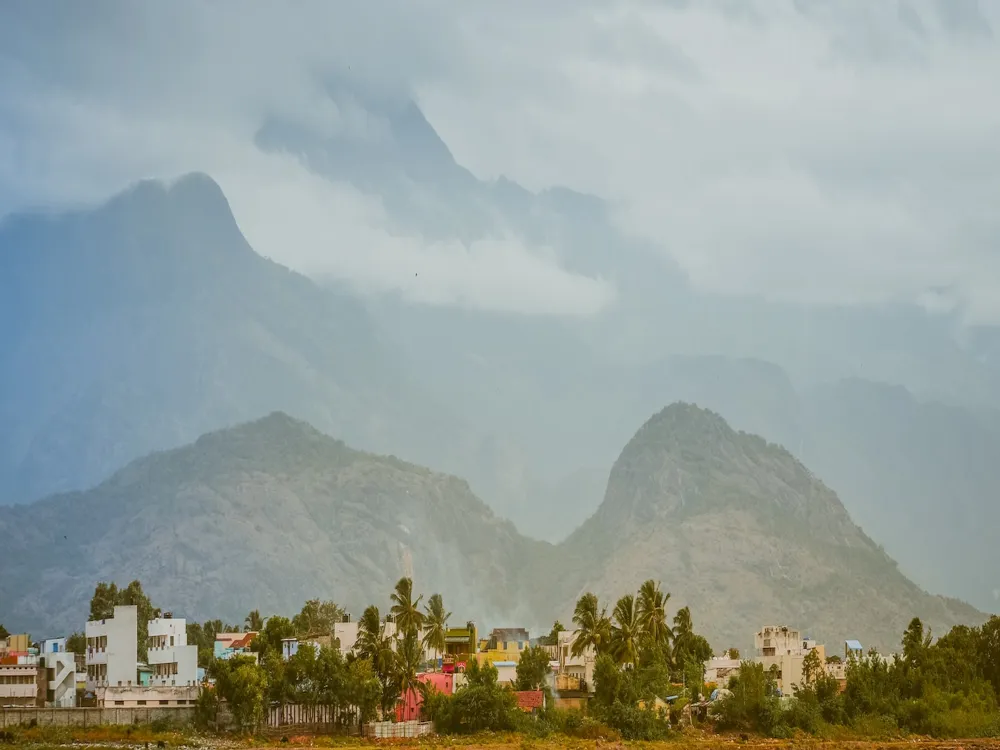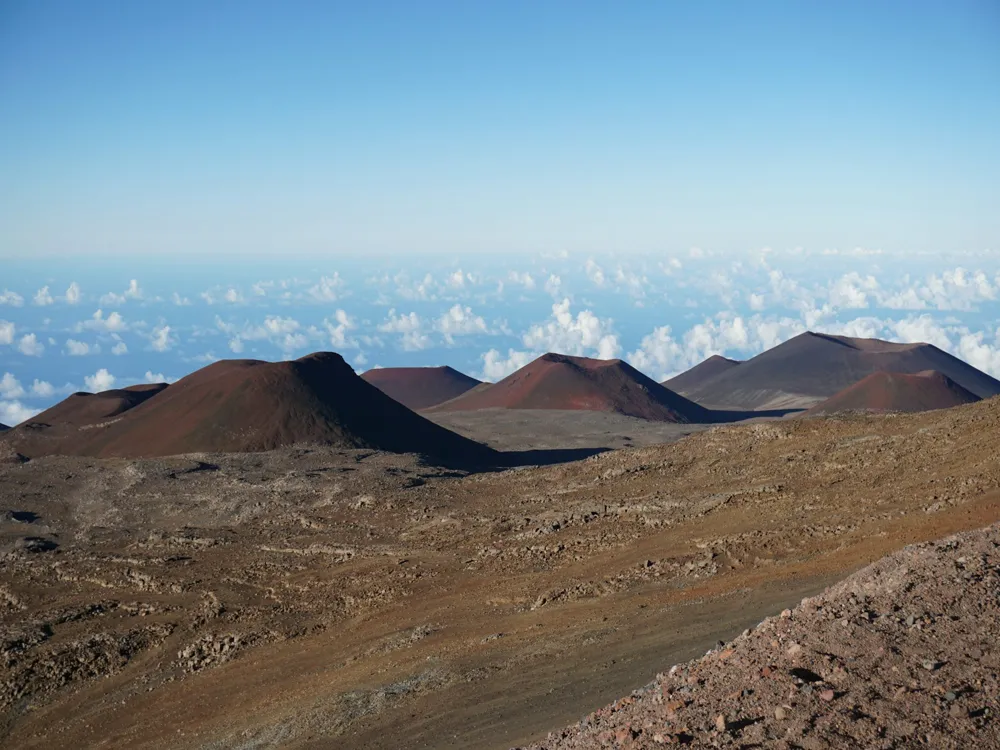The Pillar Rocks of Kodaikanal are a stunning natural wonder, towering at an impressive height of about 400 feet in the serene hill station of Kodaikanal, Tamil Nadu. These three giant rock pillars stand shoulder-to-shoulder against the backdrop of lush greenery and dense forests, offering a breathtaking view that captivates visitors from around the world. The formation's grandeur and majesty are not just a feast for the eyes but also a testament to the incredible forces of nature that have shaped them over millions of years. The area around Pillar Rocks is enveloped in a mystic blanket of thick clouds and mist more often than not, adding to the ethereal beauty of the place. The origin of Pillar Rocks dates back to ancient geological processes, making them a significant point of interest for geologists and nature enthusiasts alike. These rocks are a perfect example of columnar jointing, where volcanic and sedimentary formations have undergone vertical fractures due to volcanic activity, erosion, and weathering over ages, resulting in these spectacular vertical pillars. The local flora and fauna around the Pillar Rocks add to the ecological significance of the region, making it a hotspot for biodiversity studies. While the term 'architecture' is typically associated with human-made structures, the Pillar Rocks of Kodaikanal stand as a monumental example of nature's architecture. Their sheer vertical faces, symmetrical formation, and imposing height make them an architectural marvel in the natural world. The 'architecture' of these rocks can be attributed to the geological processes that have sculpted them. The uniformity in their structure and the precision with which they stand parallel to each other showcases the meticulous work of natural elements over thousands of years. Each pillar is distinct in its formation and appearance, creating a panoramic natural gallery that changes hues and shades with the movement of the sun. The play of light and shadow on these rocks throughout the day adds to their majestic appearance, making each view unique and mesmerizing. The surrounding vegetation drapes the base of these pillars, creating a stark contrast between the rugged, raw vertical faces of the rocks and the soft, green carpet of the forest floor. The ideal time to visit Pillar Rocks is from April to June and September to October when the weather is pleasant, and the visibility is high. Monsoons, while beautiful, can be tricky due to heavy rainfall and fog. Due to the sheer drop and steep cliffs, it is crucial to follow safety barriers and signs. Avoid venturing too close to the edges and always keep children supervised. For photographers, early morning or late afternoon offers the best light for capturing the Pillar Rocks. Using a polarizing filter can help reduce glare and enhance the natural colors. Pillar Rocks are accessible by road and are approximately 8 kilometers from the Kodaikanal bus station. Visitors can hire taxis or take local buses that frequently ply on this route. The drive to Pillar Rocks is as scenic as the destination itself, with winding roads and lush greenery all around. For those who prefer trekking, there are several trails leading to the Pillar Rocks, offering an adventurous route through the dense forests of Kodaikanal. Read More:Overview of Pillar Rocks of Kodaikanal, Tamil Nadu
Architecture of Pillar Rocks
Tips When Visiting Pillar Rocks
Best Time to Visit
Safety Precautions
Photography Tips
How To Reach Pillar Rocks
Pillar Rocks
Kodaikanal
Tamil Nadu
NaN onwards
View kodaikanal Packages
Weather :
Label : Must Visit
Tags : Monument
Timings : 9:00 AM - 4:00 PM
Time Required : Less than 1 hour
Entry Fee : INR 5 per person
INR 20 for still camera
Planning a Trip? Ask Your Question
Kodaikanal Travel Packages
View All Packages For Kodaikanal
Top Hotel Collections for Kodaikanal

Private Pool

Luxury Hotels

5-Star Hotels

Pet Friendly
Top Hotels Near Kodaikanal
Other Top Ranking Places In Kodaikanal
View All Places To Visit In kodaikanal
View kodaikanal Packages
Weather :
Label : Must Visit
Tags : Monument
Timings : 9:00 AM - 4:00 PM
Time Required : Less than 1 hour
Entry Fee : INR 5 per person
INR 20 for still camera
Planning a Trip? Ask Your Question
Kodaikanal Travel Packages
View All Packages For Kodaikanal
Top Hotel Collections for Kodaikanal

Private Pool

Luxury Hotels

5-Star Hotels

Pet Friendly






















